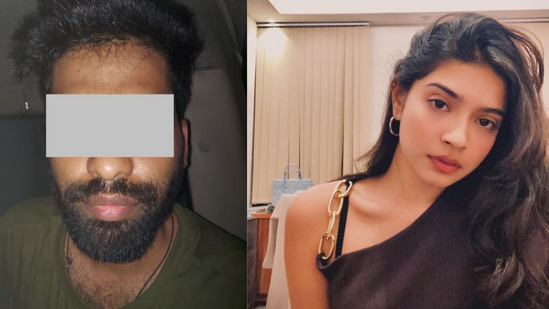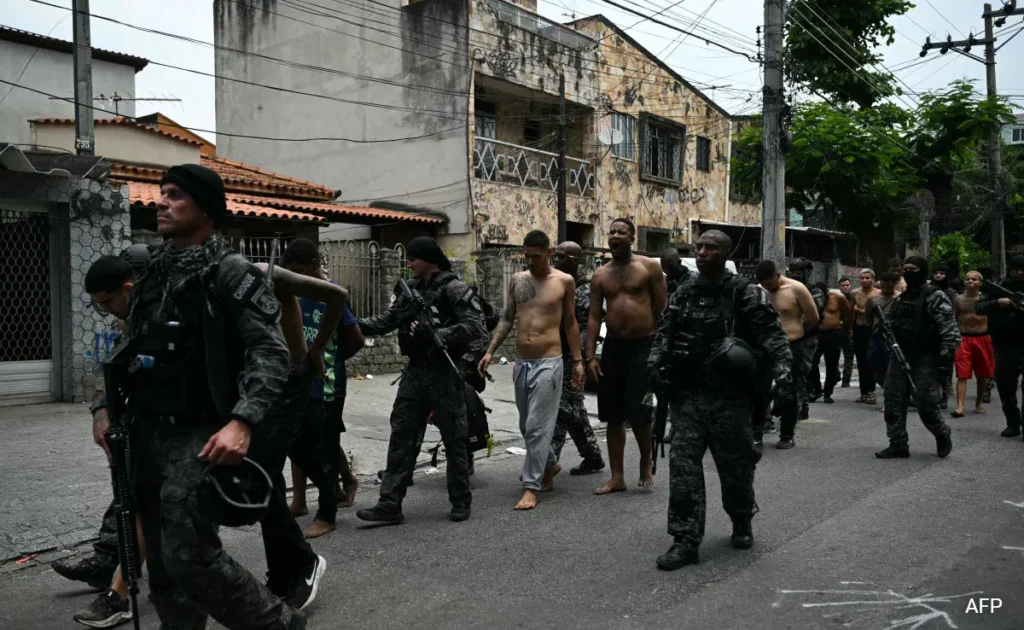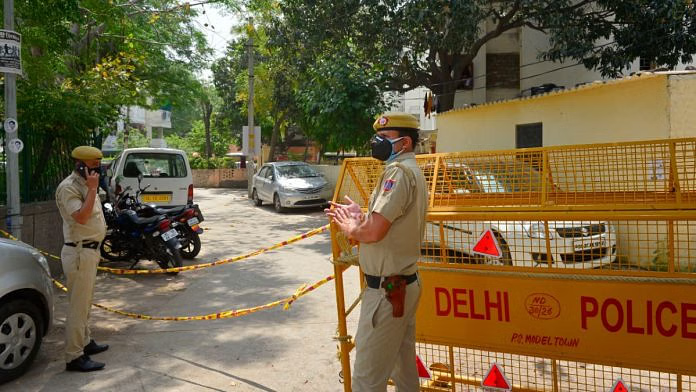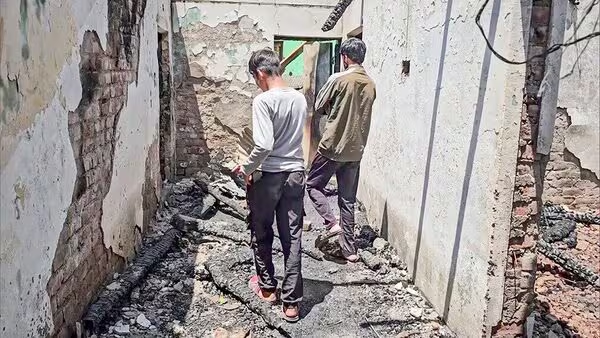Now Reading: Man Who Filed Complaint Against Sharmishta Panoli Held in Kolkata for Hate Speech
-
01
Man Who Filed Complaint Against Sharmishta Panoli Held in Kolkata for Hate Speech
Man Who Filed Complaint Against Sharmishta Panoli Held in Kolkata for Hate Speech

Wazahat Khan, the individual who recently drew attention by filing a complaint against content creator Sharmishta Panoli, has been arrested in Kolkata on charges related to hate speech. The development has added a fresh layer of controversy to an already polarising debate around digital content, online influence, and communal sensitivities — especially relevant in India’s Tier 2 cities where such topics resonate deeply with young, internet-active audiences.
Background of the Complaint
Wazahat Khan had earlier made headlines for filing a complaint alleging that Sharmishta Panoli’s content was offensive and promoted divisive views. The case drew sharp public responses, with some supporting the call for responsible content and others accusing Khan of targeting creators based on personal or ideological bias.
His complaint sparked a wave of online reactions, especially on social media platforms where Panoli has a significant following.
The Arrest in Kolkata
However, the focus shifted sharply after Khan himself was arrested in Kolkata. According to police sources, the arrest was linked to several videos and statements made by Khan on public platforms that allegedly incited communal tension and spread hateful narratives. Authorities acted under sections related to hate speech and promoting enmity between groups.
The arrest was made after preliminary investigation and digital forensics, which suggested repeated violations of online conduct.
Public and Legal Reactions
The arrest has triggered a mixed response. Some digital rights advocates argue that hate speech laws should be applied equally, regardless of public position. Others believe both Khan and Panoli deserve legal scrutiny, and that the internet should not become a space for unchecked provocation.
Legal experts note that in a country like India, where social media consumption has surged in smaller cities and towns, maintaining balance between freedom of expression and communal harmony is a growing challenge.
Tier 2 Cities Caught in the Debate
For audiences in places like Nagpur, Bhopal, Lucknow, and Guwahati, this case highlights the thin line between expression and incitement. With many users turning to Instagram, YouTube, and X (formerly Twitter) for news and opinions, the influence of such digital personalities is undeniable.
This episode has also led to calls for better digital literacy and clearer guidelines for influencers, especially as more youth from non-metro areas engage with viral and sometimes controversial content.
Conclusion
The arrest of Wazahat Khan not only shifts the spotlight from his complaint against Sharmishta Panoli but also raises larger questions about accountability and online behavior. As legal processes unfold, the case serves as a reminder of the double-edged nature of digital influence in modern India — where both creators and critics must tread carefully, particularly in the context of diverse and sensitive communities.

























